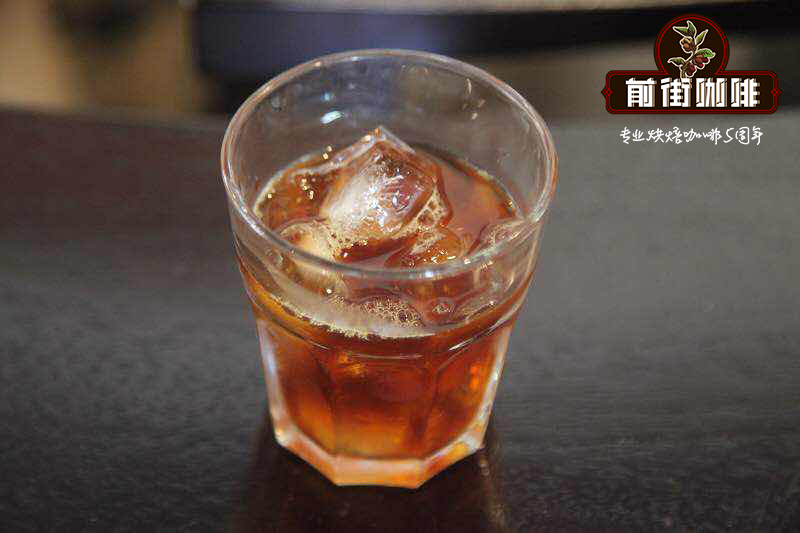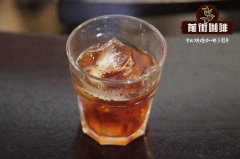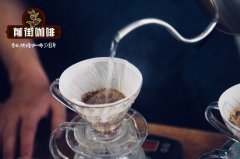How about Essel's coffee? Yega Chuefei washed Charam with bright acidity and elegant floral and fruity flavor.

Professional coffee knowledge exchange more coffee bean information please follow the coffee workshop (Wechat official account cafe_style)
Qianjie-introduction to Ethiopian Yega Snow Charan washing Coffee
Yejia Xuefei washed coffee has a very bright acidity, elegant and delicate aroma of flowers and fruits, clean and clear taste, is one of the most representative boutique coffee. Today, Qianjie introduces a kind of water washing Yega-Charan from Cochel.
Located in the highland of Sidamo, Ethiopia, at an altitude of 2000 meters, Yega is one of the highest coffee-producing areas in Ethiopia on average. Yega Xuefei Coffee is one of the most distinctive coffee in the world. It is an outstanding representative of washed coffee in Africa and has always been famous in the eyes of coffee connoisseurs all over the world. Washed high-quality Arabica coffee, suitable for all degrees of baking, perfectly showing a fresh and bright aroma of flowers and fruits, the bean shape is also very beautiful and complete.
Its citrus flavor, with aromas of jasmine, has a unique sour taste similar to that of wine, setting a typical rebellious flavor. Most of the coffee trees in Yega are planted in farmers' own backyards or mixed with other crops in the farmland, with little yield per household, which is a typical pastoral coffee. These mountain villages are foggy, like spring all year round, with a gentle breeze in summer, cool but not hot, rain but not damp, and no cold damage in winter, thus giving birth to this unique regional smell of citrus and flowers.
Chardonnay Water washing is produced in Yega Ficher. It has the flavor of rose, high-grade green tea, honey, orange and sweet corn. The fruit and floral aromas are obvious, the aroma is delicate and elegant, and the flavor is fresh. With obvious flavor characteristics of washed rose summer.
Ethiopia Yega Snow Fei Charan washing
Producing area: Yega Xuefei
Altitude: 1800m-2300m
Variety: original species
Flavor: scented tea, lemon, red plum
Knowledge expansion: Charan is one of the most important high-quality producing areas in this area, and it is one of the best products. Its planting height is 2100 to 2300 meters above sea level, the high altitude allows it to bask in more sunshine, the coffee fruit is more plump and ripe and tastes good!
END
Important Notice :
前街咖啡 FrontStreet Coffee has moved to new addredd:
FrontStreet Coffee Address: 315,Donghua East Road,GuangZhou
Tel:020 38364473
- Prev

Ethiopia's best coffee brand, Yega Shefi Arecha Champion Suntan G1 Tropical Fruit Flavor
Professional coffee knowledge exchange More coffee bean information Please pay attention to coffee workshop (Weixin Official Accounts cafe_style) Front Street-Ethiopian coffee brand Ye Jia Xue Fei Aricha Introduction In the world of fine coffee, it is really not easy to find a Grade 1 sun-baked Ye Jia Xue Fei, most of which are Grade3, and defective beans directly affect the cleanliness of taste, but
- Next

The characteristics of Hero Coffee beans washed by Ethiopia introduce the way to share Yega Xuefei coffee by hand flushing water.
Professional coffee knowledge exchange more coffee bean information please follow the coffee workshop (Wechat official account cafe_style) front street-Ethiopia Sidamo Hero washed Coffee introduction Hambella (Humbera) is located in Ethiopia's largest coffee producing area (GUJI), the administration is affiliated to Olomia
Related
- Beginners will see the "Coffee pull flower" guide!
- What is the difference between ice blog purified milk and ordinary milk coffee?
- Why is the Philippines the largest producer of crops in Liberia?
- For coffee extraction, should the fine powder be retained?
- How does extracted espresso fill pressed powder? How much strength does it take to press the powder?
- How to make jasmine cold extract coffee? Is the jasmine + latte good?
- Will this little toy really make the coffee taste better? How does Lily Drip affect coffee extraction?
- Will the action of slapping the filter cup also affect coffee extraction?
- What's the difference between powder-to-water ratio and powder-to-liquid ratio?
- What is the Ethiopian local species? What does it have to do with Heirloom native species?

